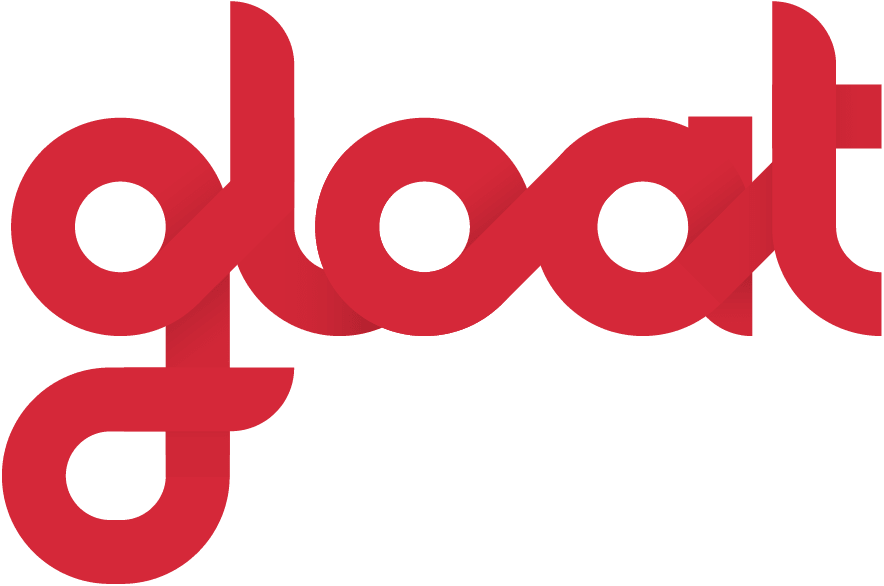6 reasons why it’s time to replace your traditional learning strategy
Think your learning system needs an upgrade? These are the tell-tale signs

For years, Learning Experience Platforms (LXPs) promised to personalize learning and unlock next-level career growth. But most of these systems have failed to deliver. Instead, content libraries ballooned, learners got lost in the noise, and L&D leaders were left scrambling to prove the ROI of their initiatives.
Today’s workforces require more than content to build new skills; they also need context. Since people learn in the flow of work, employees must have the chance to participate in hands-on projects and gigs to gain the experience that true expertise requires. Similarly, programs designed to support their learning must evolve in real-time to align with employee ambitions and business needs.
That’s where no-code program builders like Gloat Studio come in. As part of the larger Agile Workforce Operating System, Studio gives L&D teams the power to build targeted, skills-based talent programs in minutes—and empowers employees to learn by doing, rather than just reading and watching.
6 reasons why it’s time to replace your traditional learning platform
With the rise of AI predicted to change as much as 70% of the skills used in most jobs by 2030, empowering employees to hone new capabilities has never been more important. As leaders look to level up training and upskilling, here are a few reasons why it might be time to give your traditional learning strategy an AI-centric upgrade:
1. Traditional LXPs overwhelm—without delivering real value
Large content libraries might look impressive, but they rarely help employees find the lessons they’re actually looking for. For example, a single search for “program management” can return thousands of results, with little to no guidance on what’s relevant to people’s roles or ambitions.
Agile Workforce Operating Systems (AWOS) change that by delivering personalized development opportunities—not just courses—based on each individual’s skill profile, aspirations, and business needs. Whether it’s a stretch assignment or a mentorship, employees receive suggestions for best-fit experiential learning opportunities so they can develop true mastery.
2. Learning is disconnected from skills, work, and careers
Many LXPs operate in isolation. Employees can complete courses, but they lack visibility into how their learning connects to future roles, internal moves, or real-world opportunities. As a result, engagement stalls and eventually course completion nose dives.
The latest generation of AI-powered workforce technology bridges that gap. For example, a Talent Marketplace within an AWOS doesn’t just recommend content; it connects learning directly to mobility. Employees can apply what they’re learning through projects, gigs, and mentorships, all of which are aligned to their goals and your workforce strategy.
3. Most platforms ignore 90% of how people actually learn
It’s well known that only 10% of learning happens through formal training. The remaining 90% comes from mentorship and on-the-job experience—areas where traditional platforms often fall short.
Agile Workforce Operating Systems were built to support the full 70-20-10 learning model. With Studio, you can design and launch programs that blend formal content with real-world experience and peer-to-peer learning—no IT or complex integrations required.
4. Static platforms can’t keep up with AI-driven change
The nature of work is evolving faster than ever. AI is changing roles and redefining tasks at a pace most learning systems simply can’t match.
According to Josh Bersin, “AI is the most perfect learning technology ever created”—and legacy LXPs are falling behind. An AWOS by contrast, is AI-native. It recommends the right learning experiences, mentors, and career paths in real time, using live skills data to stay in sync with business needs.
If your learning platform isn’t adapting at the same pace as your workforce, it’s already behind.
5.Traditional LXPs fail to show business impact
Course completions might look good on paper, but they don’t necessarily translate into measurable outcomes. Most LXPs struggle to prove they’re building the skills your business actually needs.
An AWOS helps you measure what matters by connecting learning to outcomes like closed skill gaps, internal mobility, reduced time-to-skill, and decreased hiring costs. You can even track development progress across individuals, departments, and the entire organization.
Need proof? After switching from a legacy LXP, a global financial services leader generated $21M in productivity through an AWOS that drove experiential learning and cross-functional collaboration.
6. Your people want to grow; they just need the proper pathways
Research shows that 89% of employees are open to reskilling. But enthusiasm alone isn’t enough. People need relevant opportunities, visible pathways, and a system that meets them where they are instead of overwhelming them with generic content.
An AWOS enables real growth. By combining AI-powered recommendations with a skills-based marketplace and programmatic tools like Studio, employees can act on their ambitions and move forward in their careers.
The future of learning isn’t a platform—it’s an intelligent, evolving system
The days are numbered for traditional, course-focused learning strategies. Workforce development today requires a system that’s intelligent, dynamic, and deeply connected to your business goals, which is exactly what an AWOS with a program builder like Studio delivers.
This next-gen platform enables leaders to embed learning into the flow of work, personalize growth at scale, and finally align upskilling with outcomes that matter.
Want to learn more about the future of dynamic, skills-based learning? Check out our product keynote from Gloat Live to find out more about our latest innovations.





